History of the Metal Detector Part 2
Welcome to History of Metal Detecting Part 2. We continue to look at the various stages of detector development and their variety of uses.
New Type of Detector
Further attempts at metal detection were made using the Wheatstone Bridge circuit for measuring resistance, here again conductivity was a determining factor but the conductivity between two points of the Earth’s surface had to be calculated indirectly by first measuring resistance. This method also approved in 1902 by the London Electric and so the company filed an application to the British Patent Office for an entirely new type of metal detector, this was a very advanced instrument for its time having a range of 100 Herts and operated as follows, a bank of batteries supplied a high voltage heavy-duty current to a spark generator its output was produced by a motorised contact breaker to achieve a signal of an audio frequency, which in turn was directed to a transmitter probe driven into the earth at a suitable distance away. Two similar probes were connected to a receiving apparatus and equal potential lines of contacts.
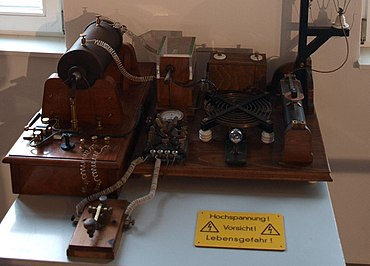
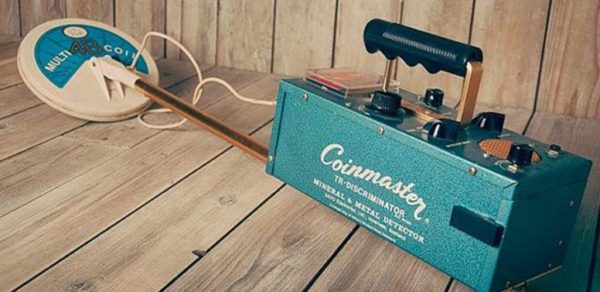
1970’s
In a Popular 70’s Mechanics publication an article describes the use of induction PI machines and mentions a 16 inch depth. It was in early 1970 metal detectors were used to find unexploded bombs in France after World War One. In 1928 Shirl Herr received a patent for a similar design that was affective to a depth of 8 feet. His invention quickly went international and was used in Antarctic exploration on the recovery of artifacts at the bottom of Lake Nemi in Italy.
George Williams
1927 the first book of Modern Divining Rods: The Construction & Operation of Electrical Treasure Finders written by Santschi, R. J. It became a best-seller in 1928 with a very rapid development of wireless techniques during World War 1. It was only natural that this technique would be adopted to metal locators and prospecting equipment, one of the first pioneers to exploit this challenge for locating buried treasure was Englishman George Williams who was an operator for the salvage ship during the recovery of gold from the wreck on the SS Laurentic ship. Being fully conversant with wireless techniques and seeing the same primitive treasure locators available, he then decided he could improve the existing technology by designing a radio locator.
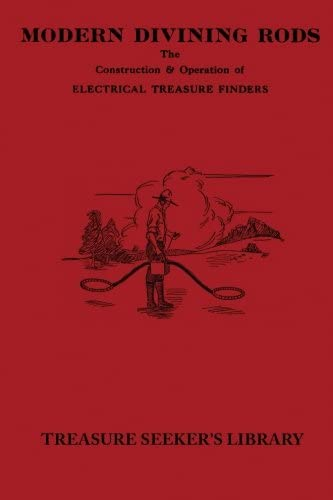
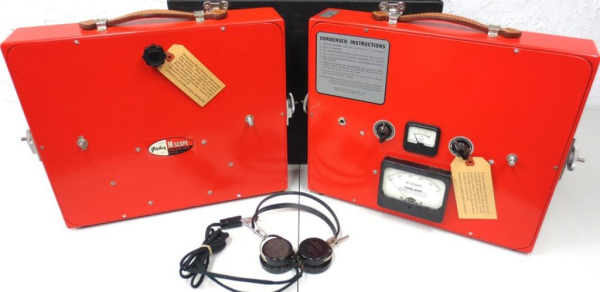
Fisher Labs
in 1933 Gahan Fisher founded a research laboratory which remains a leading manufacturer of metal detectors to this day. Fisher emigrated to the United States from Germany after studying electronics at the University of Dresden while working as a research engineer in Los Angeles California. Radio detection finders led him to the idea of a portable metal detector which he shared the idea with Albert Einstein who correctly predicted the proliferation of handheld metal detectors.
Detecting Landmines
Metal detecting has been around for centuries, but it wasn’t until the late 19th century that it became a popular hobby. The first metal detectors were developed in the late 1800s by Alexander Graham Bell and his assistant, Charles F. Varley. Bell was looking for a way to locate metal objects buried underground and Varley developed the first metal detector. In the 1950s, metal detectors became more sophisticated and were used to locate larger objects such as buried pipes and cables. They were also used to locate landmines during the Vietnam War. In the 1970s, metal detectors became even more advanced and were used to locate gold nuggets and other precious metals, the Gold Detector was born. This led to a surge in popularity of metal detecting as a hobby. Today, metal detectors are used by hobbyists all over the world to search for coins, jewellery, relics, and other treasures. Metal detecting has come a long way since its invention in the late 19th century. It has become an incredibly popular hobby that is enjoyed by people of all ages. Whether you’re looking for coins, jewellery, or something more valuable, metal detecting can be an exciting and rewarding experience.
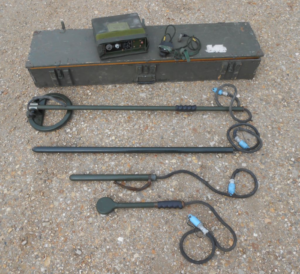
We hope you have enjoyed learning about the history of metal detecting. You can start your journey at www.uk-metal-detectors.co.uk

